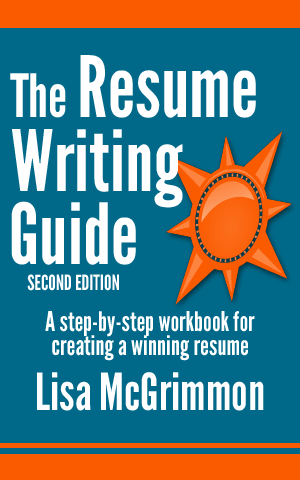Chronological Resume
A chronological resume is a resume format that puts the emphasis on your work experience.
The sections of a chronological resume are typically organized as follows:
- Contact Information
- Profile
- Work Experience - List jobs in reverse chronological order (most recent job first, oldest job last)
- Education
Unlike a combination resume or a functional resume, a chronological style resume does not contain a separate section where you can summarize your relevant skills. In a chronological style resume, your skills are communicated as you describe your job duties and accomplishments in the work experience section of the resume.
Strengths of a Chronological Resume
- Easy to prepare
- Highlights a strong work history
- Trusted by employers
Weaknesses of a Chronological Resume
- Draws into focus any weaknesses or gaps you may have in your work history and makes them very difficult to minimize
- No separate section to highlight skills, so your skills can become completely buried and not easy to see at a glance
- Can highlight your age, which can be a concern for experienced workers and younger workers
- Can become repetitive if you have held the same type of job at a few different companies
- Limited flexibility in how the information is organized, which sometimes means that the most important information is not at the top of your resume
Who Should Use a Chronological Resume
Job seekers who have a strong work history that is directly related to the work they are currently seeking are the only people who should consider using a chronological style resume. If there are any issues or concerns with your work history, a chronological style resume will not be a good option for you.
To help you decide whether your work history is strong enough to stand up to the scrutiny of a chronological resume, consider the following characteristics of a strong employment history:
- You have worked for several years doing a job that is the same as or similar to the type of job you are currently seeking.
- You are not making a career change.
- You have not been out of the workforce for an extended period of time. It has been less than six months since your last paid employment.
- You do not have gaps in the last few years of your work history.
- You have not held several jobs in a short period of time.
- Your work history shows professional growth and advancement over time through promotions and/or increased responsibilities.
Related: Sample Chronological Resume Format
